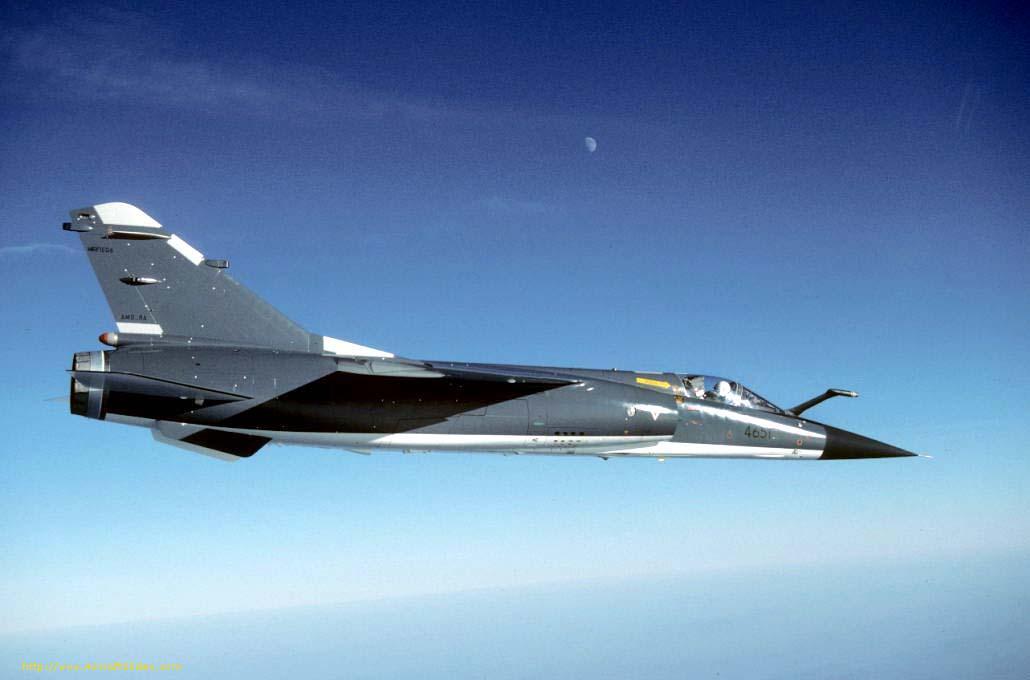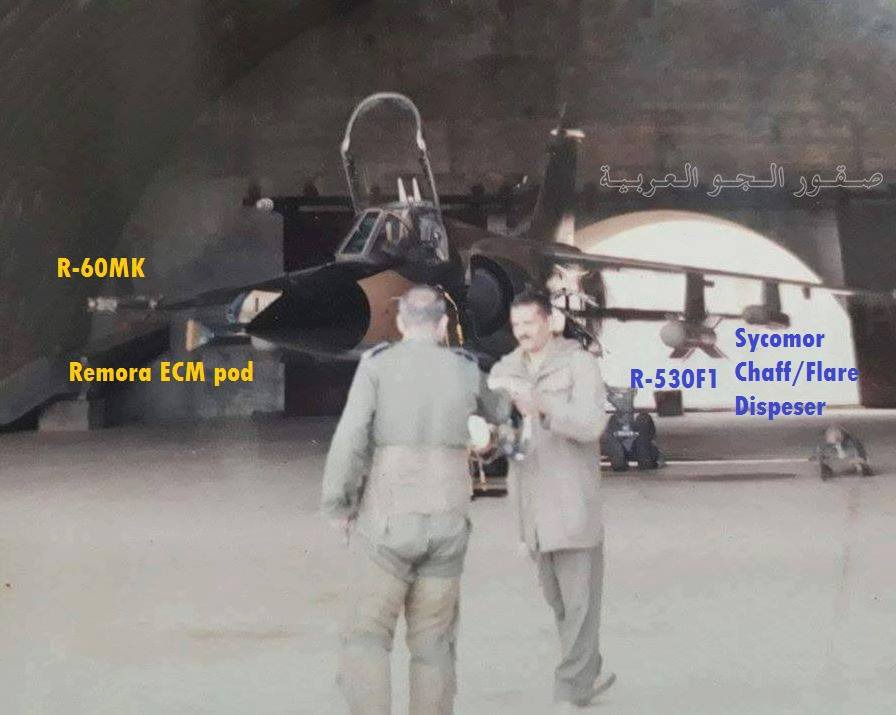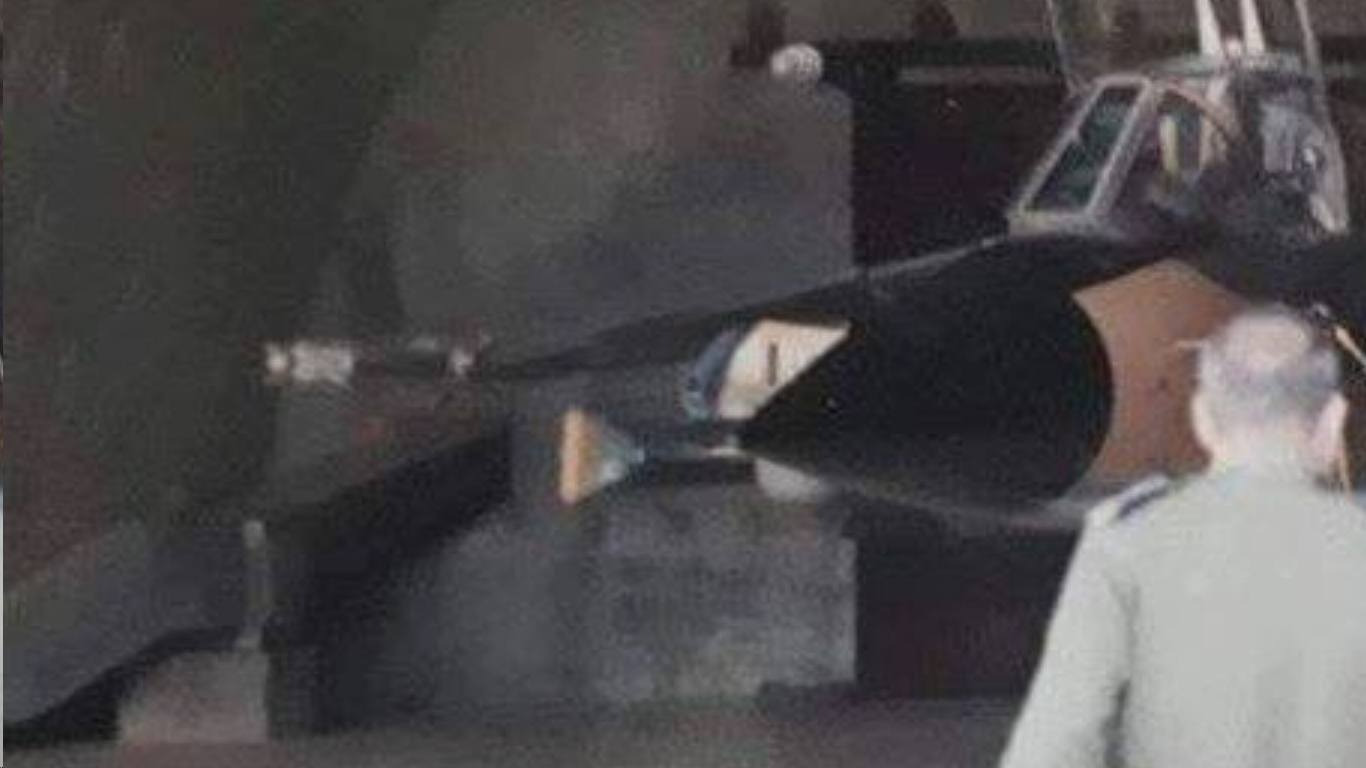- Yes, don’t care how
- Yes, as a researchable vehicle
- Yes, as a premium/event/squadron vehicle
- No
- French tree
- United Arab tree
- Other
- I said no
As a follow up to the EQ-5 topic, in this one we’ll look at the Mirage F1EQ-6.
I’ll be a bit briefer in this suggestion as the story and usage of this aircraft is largely identical to that of the F1EQ-5. If you want more details, please go look at that suggestion.
The F1 EQ-6 is the ultimate version of the successful Mirage F1 family. This version was derived from the standard export Mirage F1, the E variant. The EQ-6 sits at the very end of a line of increasingly capable versions made specifically for Saddam Hussein’s Iraq. Iraq started using the Mirage F1 in 1980 with an order of 16 Mirage F1EQs, this was followed by an additional order for 16 F1EQ-2s which were delivered from 1981 onwards. The 16 existing EQs were also upgraded to the EQ-2 standard. The next version was the EQ-4, the first Iraqi-operated version that also featured the iconic refueling boom. Much of this standard would later be used as a basis for the French F1CT standard. Then from 1983 to 1985, the Iraqi air force gets its first Mirage F1 EQ-5s. This version was specifically designed for anti-ship and anti-ground operations and was more advanced and capable than any Mirage F1 that France itself ever operated. Finally, between 1988 and 1990, Iraq would receive another 18 Mirage F1s these would be the last ones delivered before France halted deliveries due to Iraq failing to pay for the aircraft. These Mirages will be the ones we’ll be looking at in detail today, the EQ-6.

Just like the EQ-5, the EQ-6 was a true multirole aircraft and could carry the custom LDP1 EQ Patrick designation pod with capabilities very similar to that of the ATLIS pod that it was based on. However, it was also intended to carry the far more capable PDL-CT pod, as seen in the above image. This pod had much higher resolution than the previous one and, more importantly, also came with thermals. The PDL-CT pods, while completing trials with the EQ-6 in France, were never delivered, as the embargo came into place before the deliveries were made. These targetting pods allowed the F1 EQ-6 to deliver precision-guided munitions such as the AS-30L and BGL-1000. The EQ-6 also came with a more advanced radar, the Cyrano IV SPI, this was a version that had been retrofitted with tech from the RDM radar found on early Mirage 2000s. This radar added a TWS mode and was supposedly better at filtering out chaff. Just like on the previous EQ-5, the radar was also capable of guiding the AM-39 Exocet. This latter one was very much the focus of the EQ-6 variant as it was designed to mostly be an anti-shipping variant. Its predecessor the EQ-5 could also carry the AM-39 Exocet, but the EQ-6 improved on that by being able to carry up to 2 Exocets under its wings (as seen in the image below), rather than the 1 underbelly Exocet that the EQ-5 could carry.
Another noteworthy difference is the RWR, unlike the EQ-5 which was fitted with a rather outdated BF radar warning receiver, the EQ-6 received the much more modern SHERLOC system. This system also serves as a way to externally differentiate between the two models as they are otherwise very similar. The BF rwr can be found on the vertical stabilizer and has a rather pointy look. The SHERLOC on the other hand, while located in the same space, has a more squared look. As a bonus, EQ-6 models often came in a different paint scheme than their other variants. Usually, they were seen in the gray-white that can be seen in the header image, this was because it blended in better with the sea that it would be spending most of its missions over. Don’t count on paint alone to tell the difference though, late EQ-5s were known to carry the same paint and some EQ-6s carried a desert camouflage instead.
The aircraft were intensely used in their anti-shipping role over the Persian gulf, scoring a bunch of crippling hits on a wide array of ships. Between both EQ-5 and EQ-6 versions, a total of 37 ships were sunk, with an even larger amount being severely damaged. After the invasion of Kuwait and the resulting intervention by western powers, a significant number of Iraqi pilots in F1 BQ and EQs fled to Iran. Iran would eventually seize 24 F1s of various models, 12 of which it operates until this day. A good deal of these seem to be of the EQ-6 standard, judging by the shape of the RWR antenna on their vertical stabilizers.
General Characteristics:
Crew: 1
Length: 15.3 m
Wingspan: 8.4 m
Height: 4.5 m
Wing area: 25 m2
Empty weight: 7,400 kg
Gross weight: 10,900 kg
Max takeoff weight: 16,200 kg
Powerplant: 1 × SNECMA Atar 9K-50 afterburning turbojet engine, 49.03 kN thrust dry, 70.6 kN with afterburner
Maximum speed: 2,338 km/h at 11,000 m
Maximum speed: Mach 2.2
Combat range: 425 km hi-lo-hi at Mach 0.75/0.88 with 14 × 250 kg bombs
Ferry range: 3,300 km with maximum external fuel
Endurance: 2 hr 15 min (combat air patrol, with 2 × Super 530 missiles and centreline drop tank)
Service ceiling: 20,000 m
Rate of climb: 243 m/s
Thrust/weight: 0.66
RWR: Yes, SHERLOC radar warning receiver
Radar: Yes, Cyrano IV SPI
CCIP/CCRP: Yes
Flares/chaff: Yes, in Phimat or Sycomor pods carried under the wings on the outer hardpoint.
LDP: Yes, 2 options:
- LDP1 EQ Patrick with regular and IR modes (same modes as found on French ATLIS pod)
- PDL-CT pod (same pod as found on the Mirage 2000D) higher resolution the LDP1 EQ, and adds thermal sights.
Armament:
Guns:
- 2x 30mm DEFA 553
Unguided bombs:
- Up to 8x 250kg SAMP type 25
- Up to 8x 400kg SAMP 400 type 21
Rockets:
- Up to 4x SNEB 36x launcher
- Up to 4x SNEB 18x launcher
Guided bombs:
- Up to 2x BGL-1000 laser-guided bombs.
ATGMS:
- Up to 2x AS-30L
- Up to 2x AM-39 Exocet
Air-to-air missiles:
- 2x magic I (wingtip pylons)
- 2x magic II (wingtip pylons)
- 2x R-60MK (wingtip pylons)
- 2x super 530F (inner wing hardpoints, same as on F1s in game)
Function in the game
In my opinion the F1EQ-6 would be an excellent asset to the French tree. Its ability to carry the PDL-CT pod as well as the improved radar give it a significant edge over not only the EQ-5 but also the late Jaguar A. As such it could serve as a bridging vehicle between the Jaguar A in-game and the Mirage 2000D. While we do indeed have the Mirage 5F and Mirage F1CT between those two vehicles, neither of them carry guided weapons, which significantly reduces their effectiveness as CAS platforms. The alternative to fill this gap is a late iteration of the Jaguar A, the F1EQ-6 is significantly superior by having improved flight performance as well as being outfitted with a more extensive air-to-air arsenal. The EQ-6 is essentially the ultimate strike version of the Mirage F1 (bar the EM VI/MF2000), as such it would be most interesting to implement it as a researchable vehicle, reserving the EQ-5 as a premium/event/squadron vehicle.















